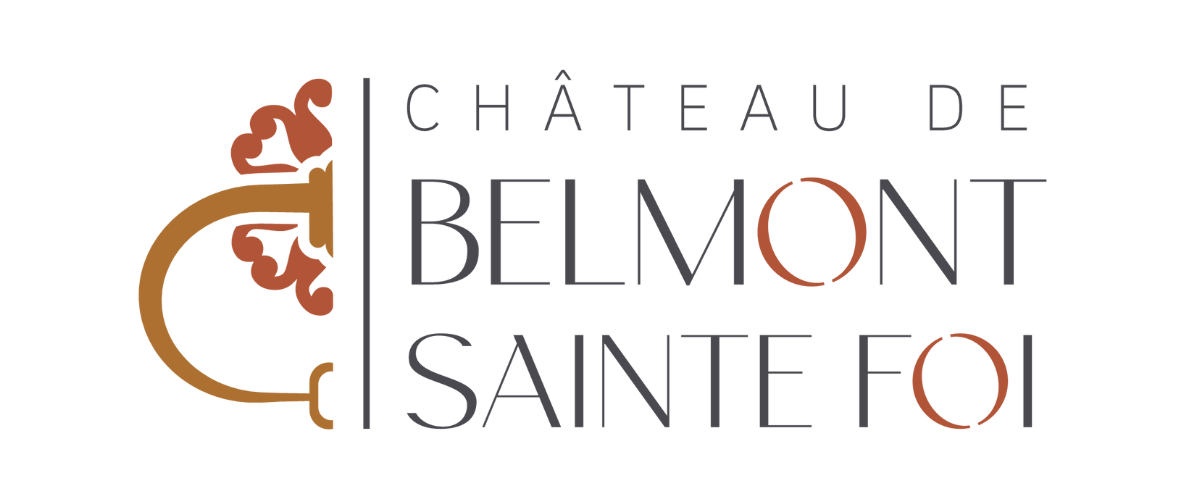Welcome to our home… Anne-Catherine, Christophe, Maximilien and Alexandre.
In 2019, our dream became reality… After several months of research, we fell in love with Château de Belmont-Sainte-Foi.
Metro, work, sleep… no more for us! We decided to leave everything behind and change our lives.
Renovating a château that had been abandoned for over 30 years was going to be an exciting adventure! It was, and still is!
With our sleeves rolled up, we begin the work, helped by craftsmen for some of the more sensitive areas such as roofing, electricity and drainage.
The children have been involved in the project from the outset. They’ve got their hands dirty and, little by little, they’re becoming the real Swiss army knives of renovation.
It’s amazing how enriching this experience is from every point of view.
Of course, we’re completely out of our comfort zone. We’re a long way from our original professions and our previous lives. We had already renovated an old village school. Let’s just say that the scale here is a bit different…!
Our friends describe us as bon vivants, gourmets and open to the world. One thing is certain: we believe in the richness of encounters, and this new life is very much like us.
